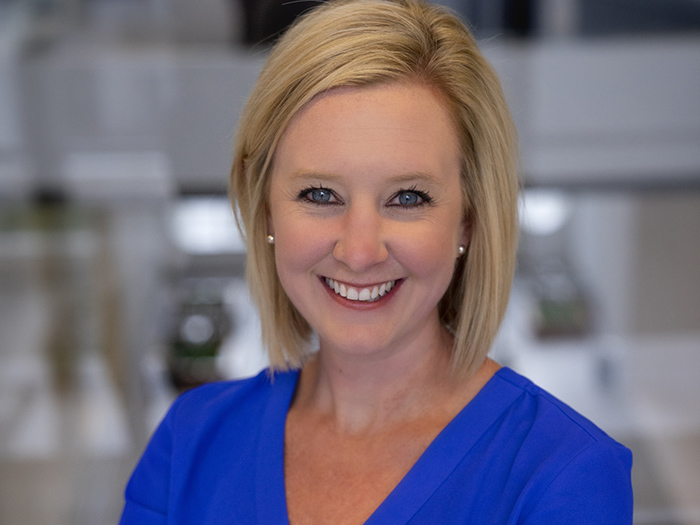Curbing Comp Costs
Experts Offer Solutions to Rising Medical Costs

Comcast NBCUniversal was able to reduce a $1 million Medicare set-aside to $300,000 by taking a close look at the medical portion. It’s an example of how workers’ comp payers can address seemingly out-of-control expenses.
Industry experts gathered for a recent webinar, produced by Marsh, to discuss the drivers and some solutions to pharmaceutical expenses. The workers’ comp practitioners said they are drawing on a variety of tools to hold down costs.
Comcast NBCUniversal, for example, tightened its network by educating environmental, health, and safety professionals, as well as supervisors and managers and HR personnel. The company has also designated preferred and tiered providers that adhere to the company’s guidelines.
“What we’re really trying to do is let [our people] know there is an additional cost,” said Faith Mason, manager of workers’ compensation claims at Comcast.
The company also promotes exploring alternative treatments such as physical therapy to ensure physicians are not relying on narcotics. Psycho-social and other issues that may affect chronic pain patients are also addressed.
Additional ways payers can rein in medical costs is by working with their PBMs by properly adjudicating and reaching out to workers directly about safety concerns and costs related to physician dispensing.
“We had a $1 million Medicare set-aside where 80 percent of it was drugs,” said Faith Mason, manager of workers’ compensation claims at Comcast .
“One thing we did up front was a drug utilization review to figure out which medications could be generic, which were duplicates or triplicates, and [found] things we could remove from the mix and think of other options, like physical therapy.”
The panelists said compound medications and physician dispensing are major medical cost drivers in the system.
Physician Dispensing
It has become so lucrative that “private equity firms are now buying stakes in repackaging firms,” said Tom Ryan, market research leader at Marsh’s Workers’ Compensation Center of Excellence. Physician dispensing “began to emerge in California in the early to mid-2000s, then spread to other states. Now it has become a widespread problem.”
Where physician-dispensed drugs constituted 6 percent of paid drugs in the workers’ comp system in 2003, that figure was up to 17 percent in 2011, according to figures from NCCI. The practice continued to drive increases in prescriptions written from 2003 to 2011 with costs more than tripling, Ryan said.
“Overall pharmacy spend has trended upward, a lot as a result of physician dispensing,” said Mason. “The cost and prescriptions of narcotics can affect the ability of our folks who go out in the field, especially early in the claim before we have control over medical spend.”
Research from the Workers Compensation Research Institute suggested physician-dispensed drugs often cost 60 percent to 300 percent more than the same medication purchased in a retail pharmacy. Additional research by Accident Fund Holdings and Johns Hopkins on Illinois claims showed those with physician-dispensed opioids had 80 percent higher medical costs, 50 percent higher indemnity costs, and 85 percent more days off work.
The good news, according to the panelists, is that state legislatures are aware of the problems.
“More than 20 states have taken action on physician dispensing,” said Jennifer Kaburick, SVP of workers’ compensation product, compliance and strategic initiatives at Express Scripts. “Massachusetts, Montana, New York, North Dakota, Ohio, Texas, Utah and Wyoming have severely restricted or banned the practice outright. And reforms introduced in South Carolina in 2011 appear to be having a profound effect.”
But the impact of some reforms may be in question. A recent WCRI report noted that in at least two states, physician dispensers had attempted to circumvent state reforms by prescribing different dosages of commonly prescribed medications with much higher AWPs.
Many experts are closely watching Pennsylvania after passage of a law there several months ago. It “caps reimbursement at 110 percent of the original manufacturer’s AWP,” Kaburick said. “Also, they can’t distribute more than a 30-day supply.”
Compound Drugs
Compounded medications are an additional cost driver in the workers’ comp system. Some patients legitimately require medications to fit their specific needs; for example, a person allergic to a dye in a medication.
“A licensed pharmacist, doctor, or person under the supervision of a licensed pharmacist combines, mixes or alters the medication to tailor it to the needs” of a specific patient, said David Dross, managed pharmacy practice leader for the consulting firm Mercer, Marsh’s sister company.
In the past, pharmacies would submit a claim for the main ingredient and 25 percent to reimburse the cost of fillers or special ingredients.
“But then they submitted claims that included wildly inflated prices for each component, including fillers with no medical benefit,” Dross said.
“Pharmacy benefit managers did not worry about them at first — they didn’t cost much. Additionally, until recently, they were less than 1 percent” of claims.
However, that has changed in recent years. And the problem has expanded beyond the commercial market.
“Compounded medications were among eight areas we identified in our [latest] drug trend report,” Express Script’s Kaburick said.
“In workers’ comp, compounding is usually used for pain management … but they don’t go through Food and Drug Administration testing, and there are no standardized dosages or durations of use.”
The issue is especially acute in a handful of states. California, Florida, Georgia, New York, Pennsylvania, and Texas accounted for 80 percent of compounded prescriptions from 2007 to 2012.
About a dozen states now require compounds to be billed at the ingredient level. But the reforms may not be as effective as payers would like.
In California, for example, compounded drugs as a percentage of workers’ comp prescriptions dropped after reforms in 2012. However, the average amount paid per compounded prescription increased by more than two-thirds.










